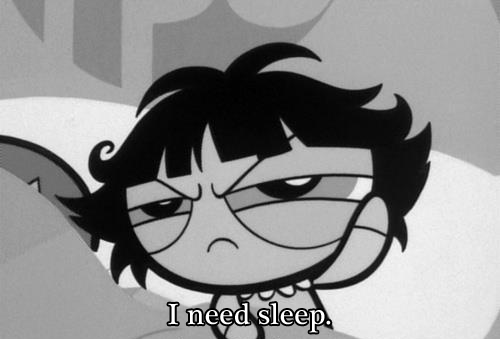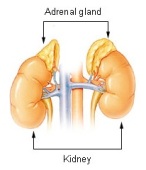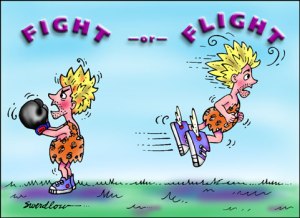
Sleep is by definition, “A condition of body and mind which typically recurs for several hours every night, in which the nervous system is inactive, the eyes closed, the postural muscles relaxed, and consciousness practically suspended.”
The biological approach to sleep links sleeping to brain development, with brain plasticity being one of the more recent explanations as to why we need to sleep. The brain plasticity theory suggests that sleep is parallel to changes in structure and organisation of the brain. Infants and young children can spend around 13 to 14 hours sleeping each day and about half of that time is spent in REM (rapid eye movement) sleep, the stage in which most dreams occur. Without REM sleep, permanent plastic changes to the visual cortex do not occur and the ERK enzyme does not activate (ERK enzyme works by turning neuronal genes into proteins, which solidify the brain changes). Oswald’s (1980) theory of brain restoration and growth is supported by the fact that REM sleep drops with age (infant’s brains need more REM than adults) and increases with injury. An alternative theory to restoration comes from Empson & Clarke (1970) which states that it is possible that the high level of brain activity during REM sleep helps to consolidate information learned during the day. In addition, melatonin is a hormone which is produced by a small gland in the brain called the pineal gland. During the shorter days of the winter months, your body may produce melatonin either earlier or later in the day than usual as natural melatonin production is affected by light availability. Seasonal affect disorder (SAD) or winter depression can be caused as a result of this change in light availability
With sleeping comes dreaming. Freud famously theorised that dreams were the “royal road to the unconscious” and gave psychoanalysis as one reason to why we have dreams. Freud had little understanding of the REM and NREM sleep cycles but modern day dream research has pointed us to a number of other theories however there is yet no definitive answer as to why we have dreams. Theories include dreaming because of random impulses (Hobson & McCarley, 1977) , dreaming to organise the brain, dreaming to help to solve problems (Fiss, 1993 suggested that dreaming registers extremely subtle hints which go unnoticed when we are fully conscious during the day, hence where the phrase, “sleeping on it”, comes from) and dreaming to cope with trauma. Almost all people have several dreams each night but only 5% of those dreams are recalled through memory once we wake up. As complex as this all sounds, as there is currently no definitive answer, it is still possible that dreams are just a product of randomly firing neurons.






















